Hi, Steemians |
|---|
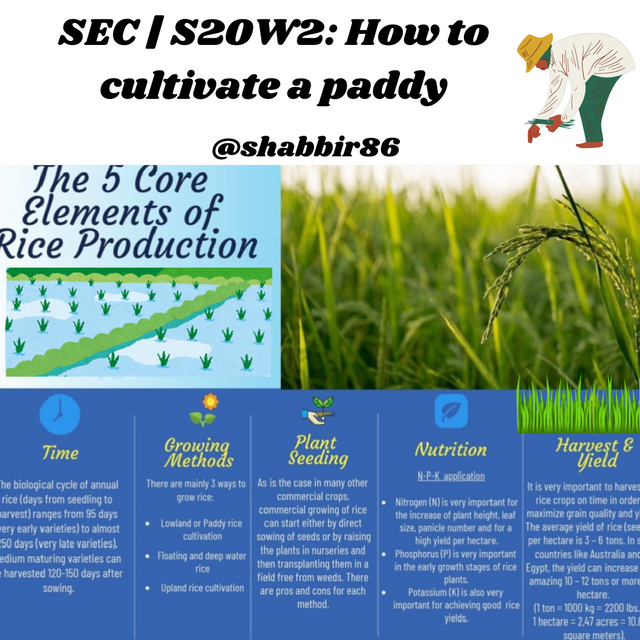
canva editing
What is the method of rice seedbed preparation and what steps are taken in preparing the soil for rice cultivation
1. Preparation of the nursery
A nursery is a place where rice plants are initially grown for later transfer to the field.
Seed Selection:
Choose high quality seeds that are disease free and have good yield potential.
Soaking of seeds:
Rice seeds Are soaked in water before Sowing to provide moisture And Speed up Their growth. Soaking is usually done For 24 to 48 Hours.
Sowing The Seeds:
Prepare the soil 4-6 inches Deep in the nursery and sow the Seeds in it. Scatter The seeds on a flat surface and cover lightly with soil or water.
Watering:
Water the soil immediately after sowing to maintain moisture and provide a suitable environment for the seeds to germinate.
2. Land preparation
Before transplanting the rice plants from the nursery, proper land preparation is done so that the plants can take root well and get better yield.
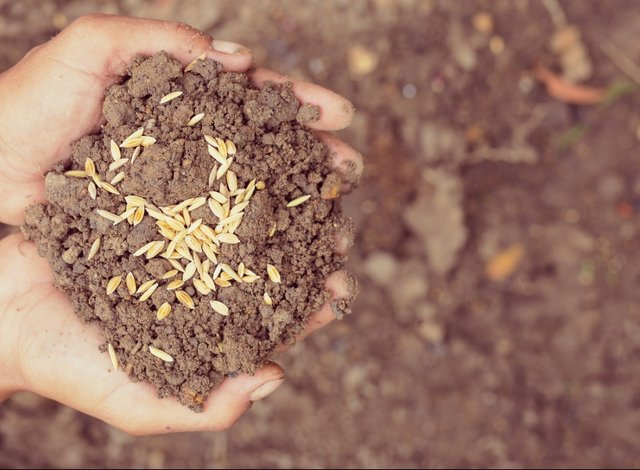
Plowing the land:
The first step is to make the soil soft and smooth by plowing. Weeds and stones are cleared from the ground so as not to damage the roots of the plants.
Water supply:
Adequate soil Moisture and Availability of water are very important for a good rice crop. The rice land is filled With water so that the plants can grow easily in the moisture.
Fertilizer Use:
Natural And Chemical fertilizers are used for rice crop to increase the soil fertility And improve the yield. Adequate use of Fertilizers Containing nitrogen Phosphorus And potassium is important.
Flattening the ground surface:
The farm land is leveled to facilitate water collection and help the crop to grow.
3. Transplantation of plants
When the rice plants are 25-30 days old in the nursery and about 4-6 inches in height, they are transferred to the field. Planting is arranged in the ground so that each plant gets proper space and grows optimally.
This procedure describes the important steps in rice nursery and field preparation that are essential for good rice harvest.
What is the importance of planting rice seeds at the right time?
Cultivation of Rice crops is a delicate and complex process for which sowing of seeds at the Right time is very important. Sowing rice seeds at the right time leads to better crop yield And quality results. If Seeds are sown too late or too early problems with crops Growth can occur that can affect yield.
First of all the Temperature And weather conditions must be suitable for The rice crop. Rice Requires moderate Temperatures and the right Amount of rainfall to grow. If the seeds are sown when the temperature is Too high or too low the plant may have difficulty growing, and the crop may suffer premature or late damage. By planting at the Right Time the roots of rice are firmly rooted in the soil and Healthy growth of the plant is possible.
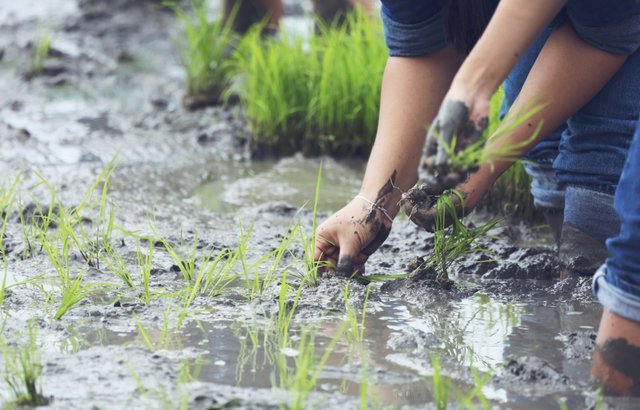
Another importance is the availability of water. Rice requires a lot of water, and if the timing of planting the crop is not consistent with the adequate amount of Water the yield of the crop may decrease. If the seeds are sown at the right Time The crop gets full benefit of rain which also saves water.
Moreover timely sowing leads to timely Harvesting which fetches better price of rice in the market And earns more profit to the farmer. If the rice crop is sown late the Harvesting process may also be affected causing Financial loss to The farmers.
Therefore sowing of rice Seeds at the Right time is very Important for better crop yield and successful agriculture.
How is regular irrigation and fertilizer applied after sowing rice seeds?
The rice crops Requires adequate irrigation and fertilization for optimum production. It is very important to provide water to the soil immediately after sowing the Seeds so that the seeds can germinate easily. In The beginning it is important to keep the rice Soil moist all the Time Especially in The first 2 to 3 Weeks it is better to water daily. After this period when the plants start Getting Stronger irrigation is done at intervals of 4 to 5 days but Always maintaining a slight moisture to prevent The soil from drying out.
Rice crops also needs fertilizer for better growth. Nitrogen-based fertilizer is applied for The first time about 20 to 25 days after sowing Which stimulates early plant growth. In Addition adequate amounts of phosphorus and potash are added so that the plants have strong roots and are able to flower. Fertilizer is applied a second time when The plants begin to Flower and a Third Time when the crop ears begin to form.
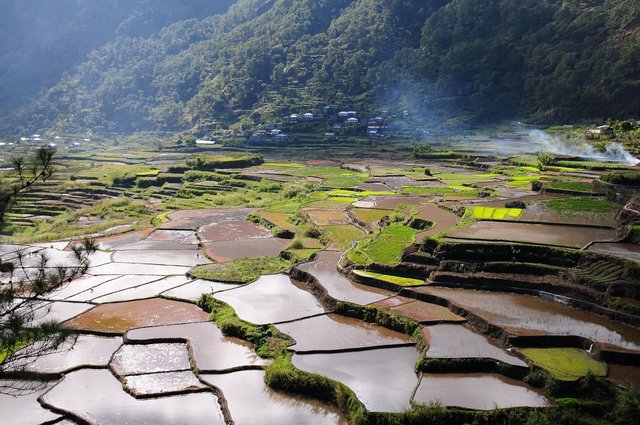
This system of Irrigation And fertilization ensures better growth and higher yield of the rice crop. Maintaining adequate amount of Water in the soil and Timely supply of fertilizers protect the plants from diseases and increase their immunity. This not only improves the Quality of the crop But also significantly increases the yield.
Remember that the Rice crop, needs a lot of Water But it is Also important to avoid Overwatering, so That the soil has the right Amount of air and The plants can grow vigorously.
What are the major pests and diseases of rice crops, and how can they be controlled?
Major rice bugs:
- Brown Planthopper
This pest Sucks The sap of rice plants and weakens Them which can destroy The crop.
Control:
Maintain adequate water levels and avoid excessive moisture.
Use a chemical spray such as biofenthrin.
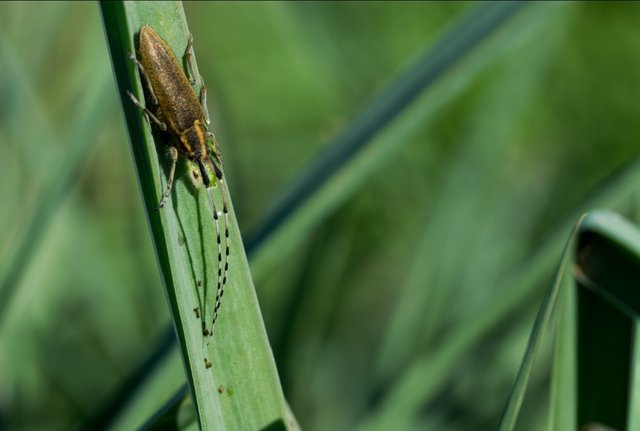
- Stem Borer
This pest damages the stem of the plant by eating it, which reduces the yield.
Control:
Use insecticides such as cartop hydrochloride.
Take care of agricultural machinery and field cleanliness.
- Rice Leaf Folder
This insect damages the leaves by enveloping them, which weakens the plant.
Control:
Use Bt cultivars.
Remove weeds and other crop debris.
Major Diseases of Rice:
- Leaf Blast
This disease causes spots on the leaves which affects the rice crop.
Control:
Maintain crop rotation.
Use fungicides such as Tricycles.
- Bacterial Blight
This bacteria weakens the leaves and inhibits their growth.
Control:
Use disease-free seeds.
Spray with phosphoric acid.
3. Sheath Blight
This disease causes spots on the lower part of the plant.
Control:
Cultivate disease-resistant varieties.
Improve crop aeration and use chemical fungicides.
General measures:
Burn agricultural weeds to prevent pest growth.
Adequate water supply and correct application of fertilizers to keep plants healthy.
Keep monitoring the crop and take immediate action in case of disease or insect attack.
What are the next steps after harvesting the paddy and what are the steps to be taken to preserve the paddy?
1. Drying
The first step after Harvesting the rice is to dry it to reduce The moisture content and prevent it From spoiling. Rice is dried in sunlight or by Special drying Machines.
2. Threshing
The rice is then separated from the Plant Which is called threshing. This process is done by hand or Machines so That The grains can be Separated.
- Cleaning
After threshing, the rice grains are subjected to a cleaning process to Remove dirt straw and other unwanted Materials.
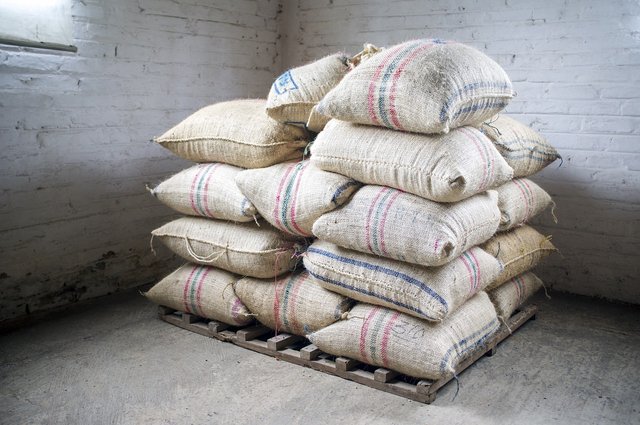
4. Storage
To preserve rice, it is important to store it in a suitable place. For this, ventilated and dry Warehouses are chosen to protect Against Moisture And insects.
5. Protection from insects
Chemicals or other Natural methods are used in Storage to protect rice from pests such as placing neem Leaves or keeping it at a suitable Temperature.
6. Packing
After the rice is preserved, it is prepared for Storage or market by packing. The quality of packing should be good so That The Freshness And quality of the rice is Maintained.
All These measures Help preserve the rice for a longer period and retain its nutritional value.
Conclusion |
|---|
Rice cultivation is a careful and systematic process That requires labor and knowledge at every Stage from nursery preparation to Harvesting. Timely Sowing of Seeds proper irrigation Application of Fertilizers and preventive measures to prevent pests and diseases ensure optimum crop production. After harvesting, the rice must be dried separated from the chaff and cleaned so That The rice can be preserved for a long Time. Proper Storage and packaging help in Maintaining the nutrition and freshness of rice. All these Steps are very important for optimum Production and successful Farming.
I would like to invite @patjewell @josepha @beautiful12 to take part in this contest
Regard @shabbir86
This rice cultivation guide is really informative! 🌾💡 I appreciate the details on seed soaking and land preparation—it makes a big difference! Your pest control tips are spot on, too! 🐛🌟 Great work sharing this valuable info! 👏😊
Wishing you all the best of luck.
Best Regards
From Pakistan
Downvoting a post can decrease pending rewards and make it less visible. Common reasons:
Submit
Thank you so much for your valuable feedback
Downvoting a post can decrease pending rewards and make it less visible. Common reasons:
Submit
My pleasure brother
Downvoting a post can decrease pending rewards and make it less visible. Common reasons:
Submit
X Permotion Twitter
https://twitter.com/shabbir_saghar/status/1837149464894599414?t=BIJGhKv2zKp9kYyCso4fdA&s=19
Downvoting a post can decrease pending rewards and make it less visible. Common reasons:
Submit
@tipu curate
Downvoting a post can decrease pending rewards and make it less visible. Common reasons:
Submit
TEAM 4
Congratulations! Your post has been upvoted through steemcurator06. Good post here should be..Downvoting a post can decrease pending rewards and make it less visible. Common reasons:
Submit
@jyoti-thelight Thank you so much for support
Downvoting a post can decrease pending rewards and make it less visible. Common reasons:
Submit
Your post has been rewarded by the Seven Team.
Support partner witnesses
We are the hope!
Downvoting a post can decrease pending rewards and make it less visible. Common reasons:
Submit
Nice post, but farmers need to be more aware of rice disease prevention.
Downvoting a post can decrease pending rewards and make it less visible. Common reasons:
Submit
Downvoting a post can decrease pending rewards and make it less visible. Common reasons:
Submit